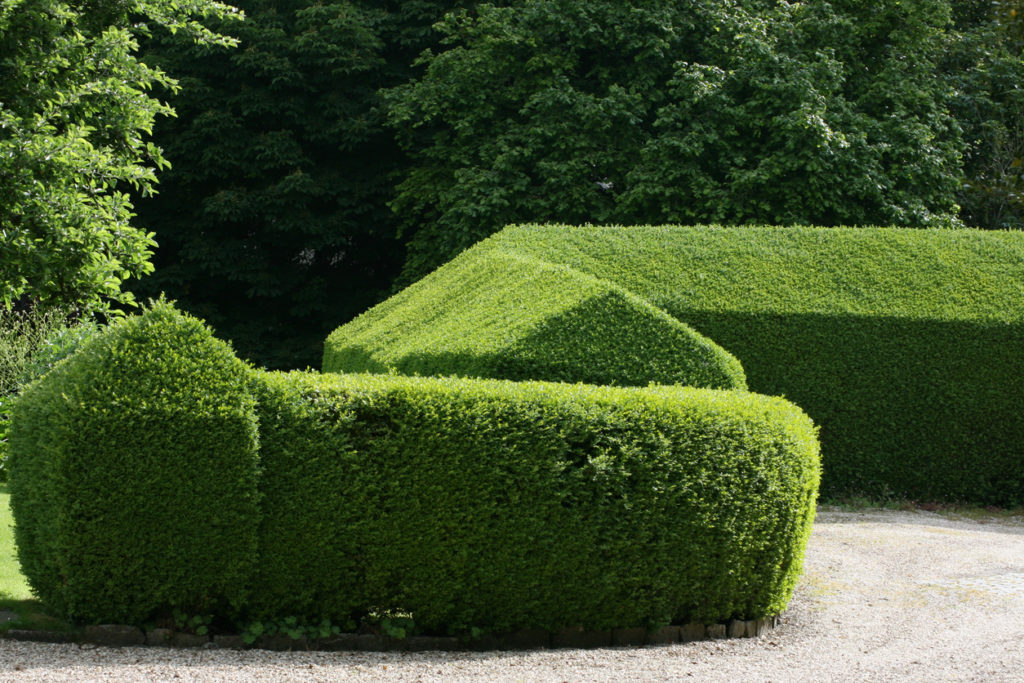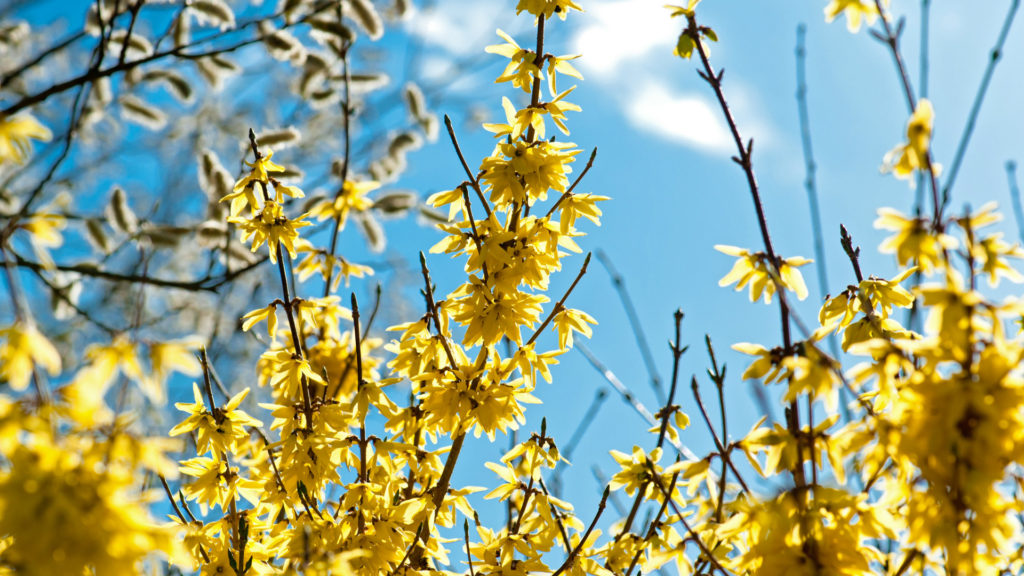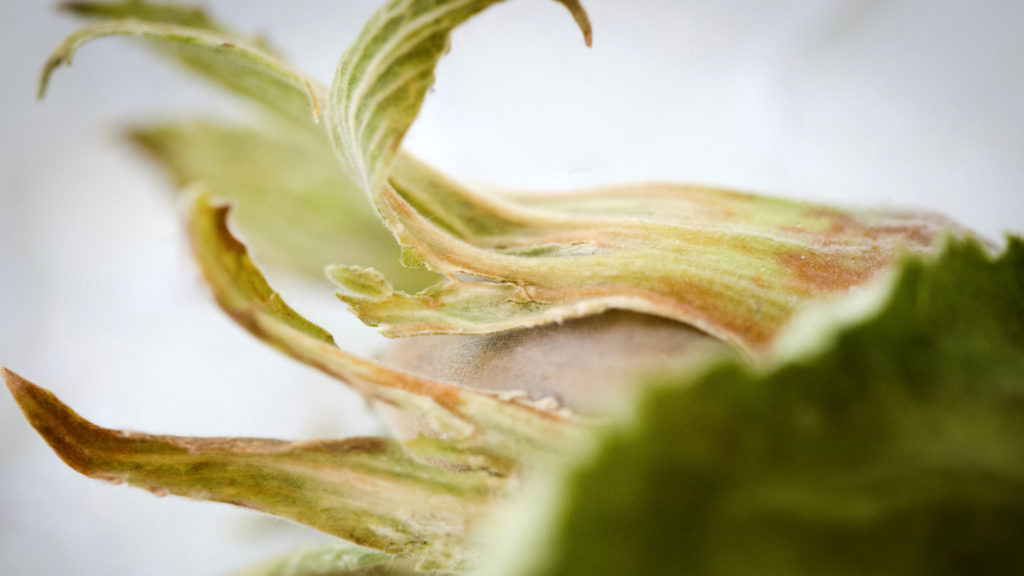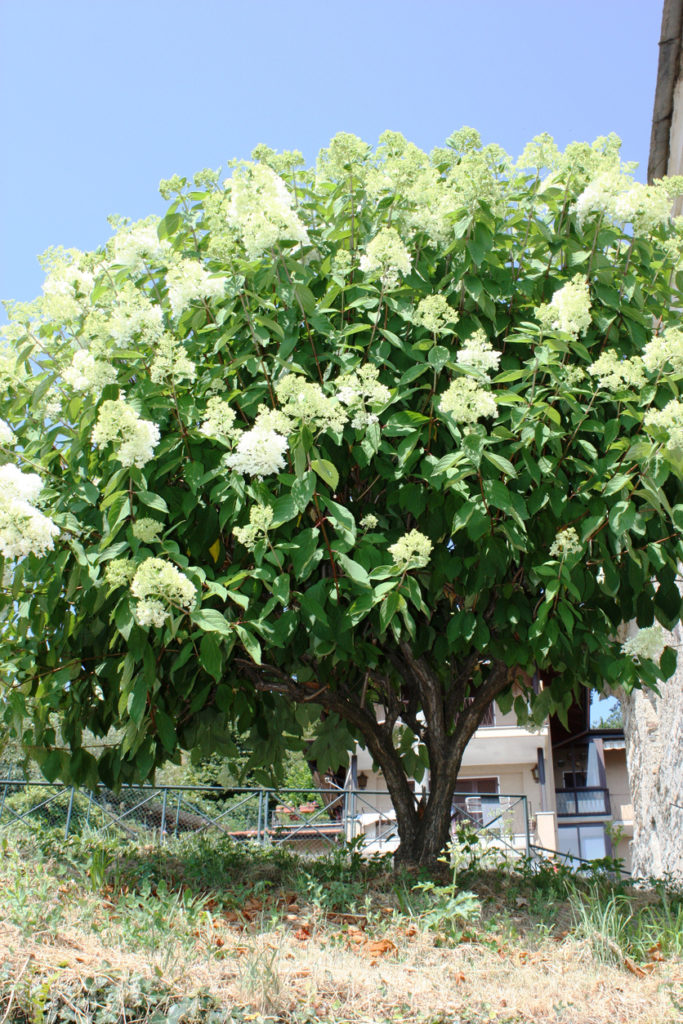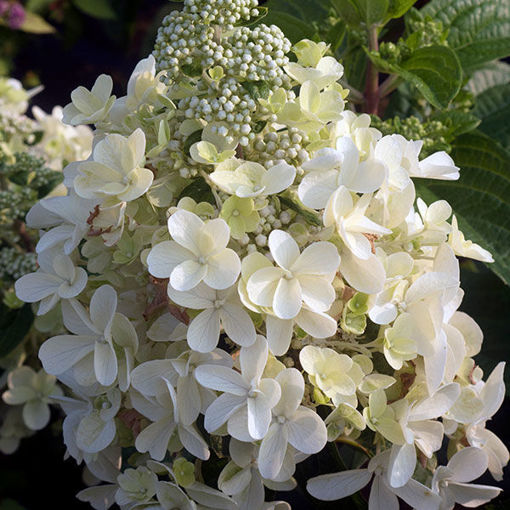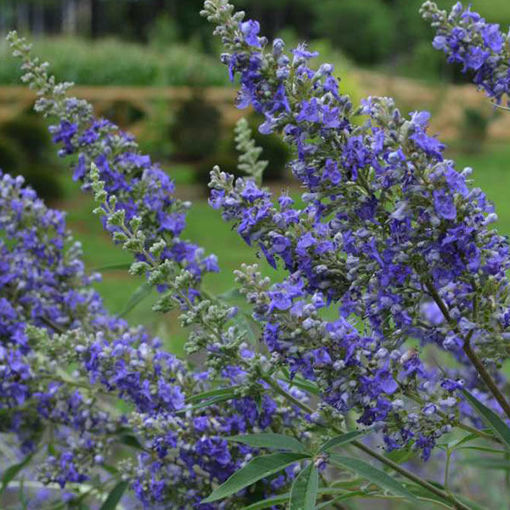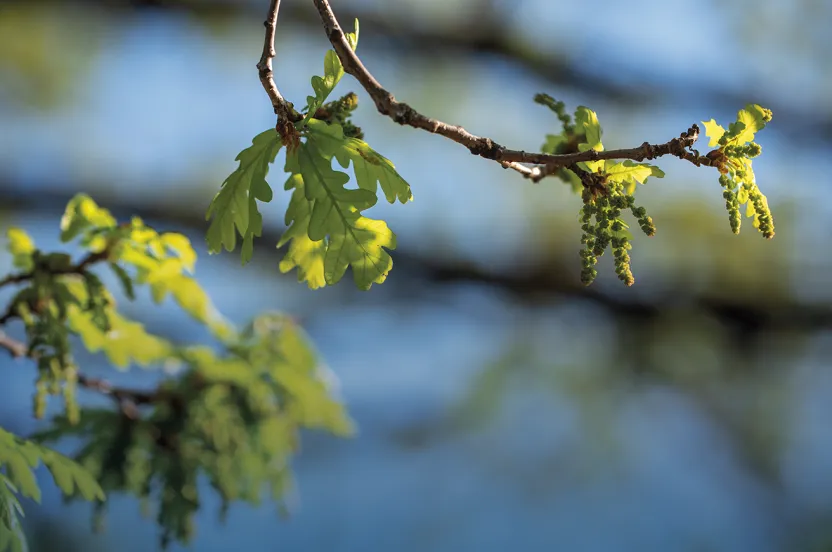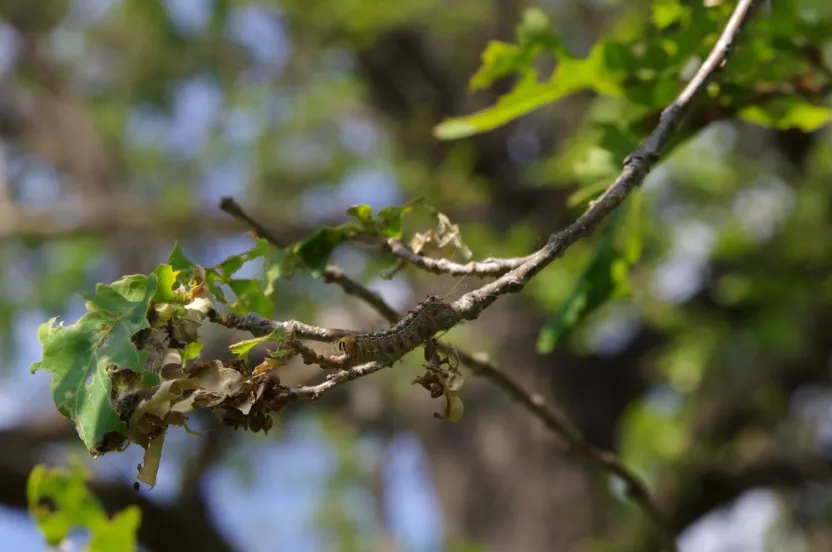Now live: The 2025 Canopy Report. Learn how Americans see trees. GET THE REPORT
10 Fastest-Growing Shrubs For 2022
If you're eager to redesign your space check out these 10 fastest-growing shrubs that will transform your landscape with variety and color.
May 11, 2022

Bushes and shrubs tie a landscape together. Bushes provide a short hedge or screen, protect wildlife and give areas of your landscape privacy. Shrubs provide beautiful colors in the spring or the fall. Whatever bush or shrub you choose, your woody plants will help clean the air, protect the soil, and beautify your home.
If you're eager to redesign your space check out these 10 fastest-growing shrubs that will transform your landscape with variety and color.
1. Blue Hydrangea
Hydrangea macrophylla 'Nikko'
The blue hydrangea is the image most of us conjure up in our heads when we think of hydrangeas in general. It's a timeless landscape plant beloved by many.
Giant, long-lasting, mophead blooms appear in the summer, adding lovely color to the landscape. These shrubs work well as stand-alone specimens or as a hedge.
Hardiness zones 6-9
Growth rate: more than 24" per year
2. North Privet
Ligustrum x ibolium
This deciduous or semi-evergreen shrub is America's fasting-growing hedge, growing up to 3' per year. The shrub's dense, dark, glossy green foliage makes it an excellent choice for hedges and privacy screens.
If you’re interested in a hedge with a formal appearance, this privet tolerates shearing well. When you grow it as a hedge, shearing it early and often helps to develop thick layers of branches for year-round privacy.
Hardiness zones 4-8
Growth rate: more than 24" per year
3. Forsythia
Forsythia x intermedia
There’s no better way to welcome the coming of spring than with the profusion of yellow blooms covering graceful, arching branches. The forsythia is a fast-growing, hardy shrub that blooms early—providing a sunny sight before the rest of the landscape greens up.
Forsythias make an excellent choice for those wanting a fast-growing flowering hedge. For best results, plant forsythia 4-6 feet apart when creating your hedge.
Hardiness zones 5-8
Growth rate: more than 24" per year
4. Crapemyrtle
Lagerstroemia indica
The crapemyrtle is often referred to as the "lilac of the South." With its striking flowers, handsome bark and attractive foliage, this species is a favorite for landscapes. It can be grown as either a shrub or small tree and is often used in groupings, containers, hedges and screens. You can even find the common crapemyrtle used as small street trees in urban settings.
Hardiness zones 7-10
Growth rate: more than 24" per year
5. Beautybush
Kolkwitzia amabilis
An easy-to-grow, fast-growing flowering shrub, the beautybush impresses with a fountain-like spray of pink blossoms befitting its name. Blooming later than many others (from late spring into summer—as far as June in some areas), it’s a perfect landscape piece to keep colorful interest in your yard. Striking deep green foliage continues into summer, then turns reddish for great fall interest.
This old-fashioned shrub is perfect for use as a specimen or as a flowering hedge.
Hardiness zones 4-8
Growth rate: more than 24" per year
6. American Hazelnut
Corylus americana
The American hazelnut (also known as the American filbert) is a native shrub of the eastern United States. The tasty nuts are highly prized by cooks for their easy-to-crack shells and small, sweet kernel. Squirrels love them as well for the same reasons. Hazelnut hedges can be used as windbreaks, visual screens, and to attract wildlife.
If you're interested in planting hazelnuts for their nuts, be sure you have a bit of space. You'll need to plant 2 or more shrubs to ensure a good crop.
Hardiness zones 4-9
Growth rate: 13" to more than 24" per year
7. Pee Gee Hydrangea
Hydrangea paniculata 'Grandiflora'
This is the most common H. paniculata form. It can be grown either as a large shrub or small tree, and it is known for its large panicles of white flowers. In fact, with some good pruning, this shrub can produce flower clusters measuring up to 12-18" in length.
Hardiness zones 3-8
Growth rate: more than 24" per year
8. Date Night Strobe Weigela
Weigela x 'WoF/R' USPPAF, CPBRAF
This shrub is a perfect pop of color with a little twist, known as Date Night Strobe Weigela. With a display of bright pink flowers that bloom in the spring and dark green, bronze foliage that change into orange in the fall, this shrub is an eye catcher. It’s small size and low maintenance make it great as a border shrub.
Hardiness zones 4-8
Growth rate: 13"–24" per year
9. Lavalamp Candelabra Hydrangea
Hydrangea paniculata
This stunning shrub displays a parade of evolving color in the spring that lasts into the fall. It starts off with silky, white, cone-shaped flowers that turn to a bright pink by the start of fall. Additionally, the contrast of its dark red stems against its green leaves adds even more appeal. The Candelabra produces an abundance of flowers, is easy to maintain, and hardier than other hydrangeas.
Hardiness Zones 3-8
Growth rate: more than 24" per year
10. Delta Blues Vitex
Vitex agnus-castus ‘PIIVAC-1 PPAF’
The Delta blue vitex is a cultivar that grows as either a small tree or shrub. Aromatic, dark purple flowers burst into bloom in mid-to-late summer and will attract both butterflies and hummingbirds to your yard. This tree is salt-tolerant and works well in borders and butterfly gardens.
Hardiness Zones 6-9
Growth rate: more than 24" per year

